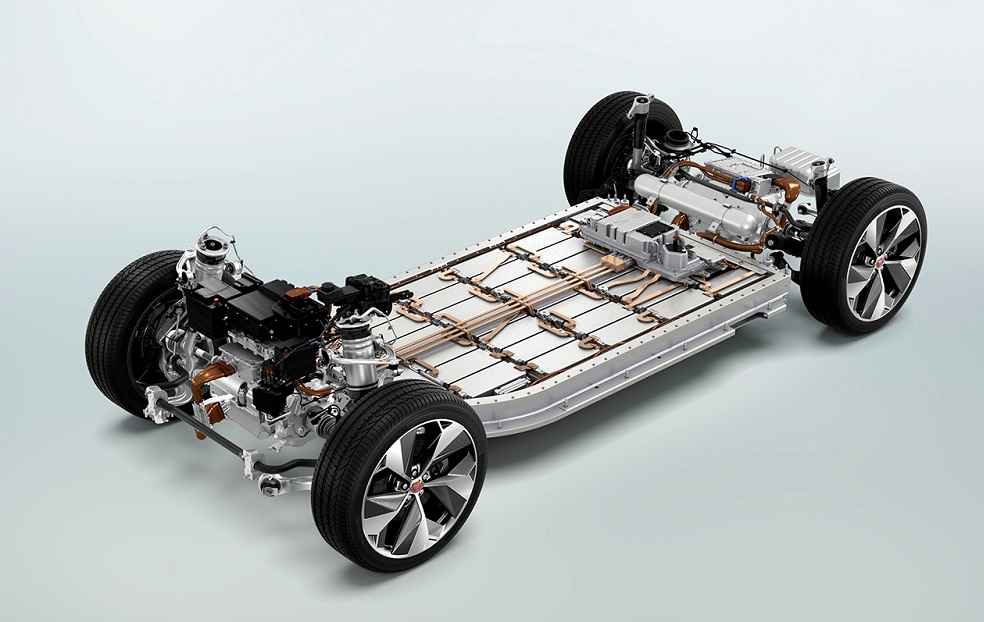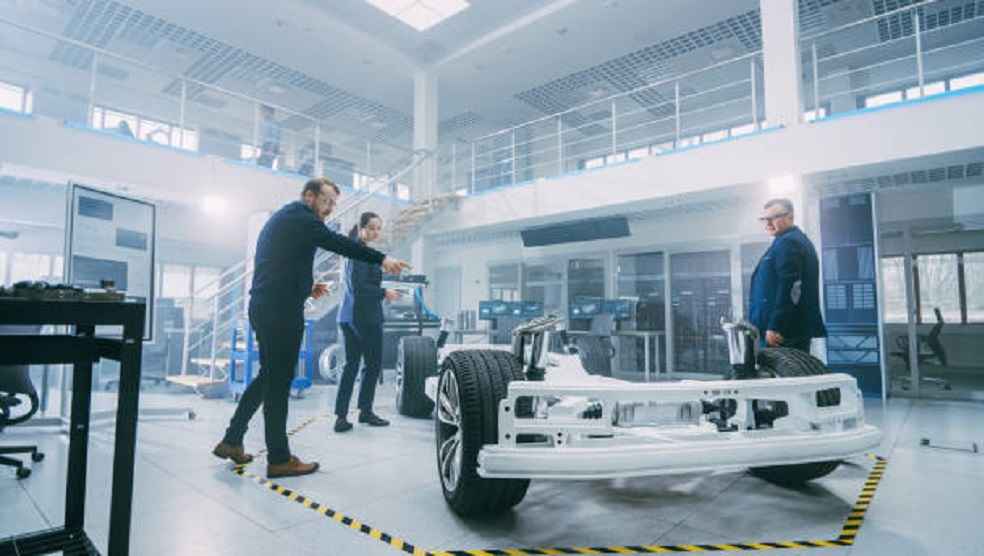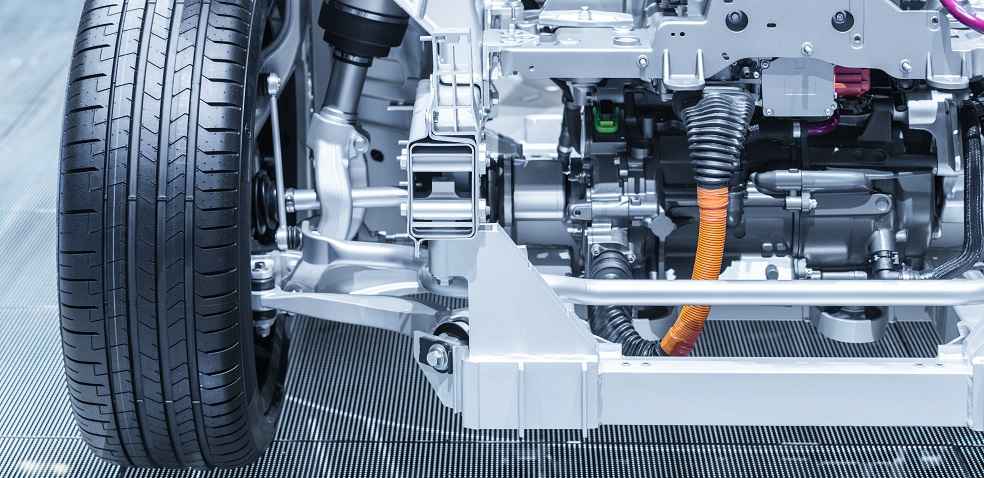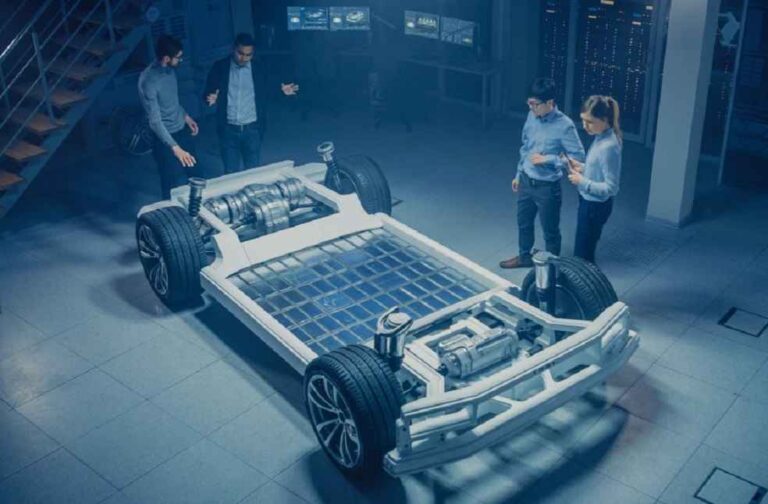Powertrains stand at the core of automotive technology, essential for vehicles’ propulsion. It is the heart of any vehicle, whether it be a car, boat, or machinery. Essentially, a powertrain comprises the engine or motor and its internal components like the energy storage system, transmission, and driveshaft. In traditional internal combustion engine (ICE) vehicles, this system efficiently converts stored gasoline or diesel into kinetic energy, propelling the vehicle forward.
Importance of Powertrains in Vehicle Efficiency
The significance of powertrains transcends mere functionality. They are integral in controlling energy consumption and reducing emissions. With transportation contributing to almost 30% of global greenhouse gases, efficient powertrain management becomes crucial. This necessity has led to the development of sophisticated engine management systems, tailored to meet the rising demand for reduced environmental impact. The complexity of these systems necessitates a multitude of dedicated semiconductor devices, reflecting the industry’s commitment to environmental responsibility.

The Evolving Powertrain Landscape
The dominance of the ICE has been unchallenged for over a century. However, the surge in electric vehicles (EVs) and hybrid technologies signifies a shift. Governments globally are setting ambitious carbon emission reduction targets, driving the demand for cleaner and more efficient powertrain systems. Hybrid electric vehicles (HEVs), known for their fuel economy, play a vital role in this transition. These vehicles combine ICE with electric motors, offering a blend of improved fuel efficiency and reduced emissions.
Types and Configurations of Powertrains
The landscape of powertrain systems has diversified with the advent of electrification. There is a spectrum ranging from micro hybrids, which support stop/start functionality, to fully electric vehicles (EVs) that depend entirely on electric power. Each type, including mild hybrids and full hybrids, presents unique characteristics in terms of energy efficiency and operational complexity. The design intricacies of these systems reflect the industry’s drive toward innovation and sustainability.

EV Powertrain Design and Efficiency
In contrast to ICE systems, EV powertrains are simpler, comprising a battery pack, inverters, and electric motors. Designing these powertrains focuses on maximizing efficiency, which is crucial for thermal management and vehicle range. The challenge lies in optimizing power density while minimizing power loss that could lead to excessive heating and the need for larger EVs for heat dissipation.
Powertrain Technologies and the Automotive Aftermarket
The shift towards electrification is not only reshaping vehicle manufacturing but also the automotive aftermarket. Components like tires and batteries remain vital, but there’s a growing interest in retrofitting electric vehicle powertrains. This trend is driven by stringent emission norms, increasing fuel prices, and government incentives. While the automotive aftermarket has traditionally been resilient against economic downturns, the electrification movement presents new opportunities and challenges.
Challenges and Opportunities in the Powertrain Industry
The powertrain industry is experiencing unprecedented disruption. There is no single leading technology, leading to a diverse and complex value chain. This diversity creates intense competition among traditional suppliers, new entrants, and start-ups, all vying for dominance in the e-powertrain market. This competitive landscape is reshaping profit pools and putting pressure on manufacturers and suppliers to innovate continually.

The powertrain industry is at a crossroads, with technological advancements and environmental concerns driving significant changes. The shift towards electrification, while challenging, offers opportunities for innovation and sustainable development. As the industry navigates this transition, the focus will be on developing efficient, environmentally friendly powertrain systems that meet the dynamic demands of the global market.
DON’T MISS | Auto Industry’s Net Zero Battle: A Worldwide Dilemma





